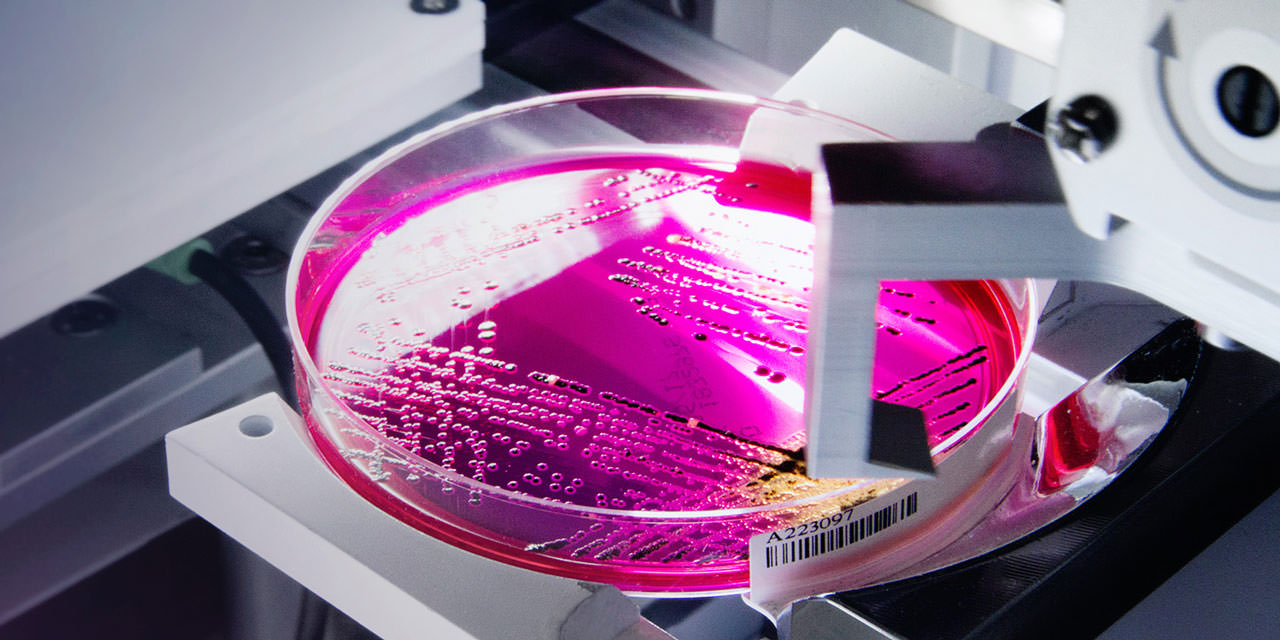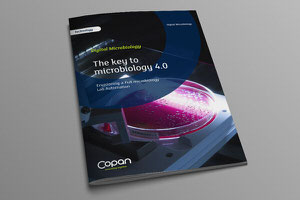Microbiology Time
October was a fruitful month! Read here the best three papers we selected:
- The first study conducted in the US compared the performance of Colibrí™ with standard manual spotting for identifying bacteria in colonies grown from over 400 different samples, including urine, wound, respiratory, and positive blood cultures. The results showed that the two methods agreed 99.54% of the time, indicating that the use of Colibrí™ can help save time for technologists and ensure complete traceability from plating to organism identification.
- The vaginal microbiome plays a crucial role in maintaining reproductive and overall women’s health. In this paper, Sara Leeber and her colleagues analyzed the self-collected vaginal microbiome of 3,345 Belgian women performing 16S amplicon sequencing and conducting questionnaires. The researchers found that the microbiome composition was strongly associated with age, childbirth, and menstrual cycle, and Lactobacillus species were dominant in 78% of the vaginal samples. Moreover, a network correlation analysis revealed specific bacterial taxa that were linked to certain conditions such as estrogen levels, contraceptive use, menopause, and breastfeeding. This study provides a detailed map of the vaginal microbiome associated with various health, lifestyle, and dietary factors, which will help with follow-up clinical and mechanistic research.
- In the last years, full laboratory automation has transformed the field of clinical microbiology; today, deep learning architectures are fundamentally changing how computers can assist with challenging visual interpretation tasks in various domains. Here, the paper by Signoroni and colleagues introduces a system able to tackle a core task in clinical microbiology, the interpretation of diagnostic bacterial culture plates, including presumptive pathogen identification. The researchers achieved this by decomposing the problem into a hierarchy of complex subtasks and addressing them with a multi-network architecture called DeepColony. By working with a large stream of clinical data and a complete set of 32 pathogens, the suggested system effectively aided plate interpretation with a surprising level of accuracy in the extensive and rigorous framework of urinary tract infections. In conclusion, thanks to the rich species-related information generated, DeepColony can be used to develop trustworthy clinical decision support services in laboratory automation ecosystems. Surprise: Deepcolony is at the base of what PhenoMATRIX currently is!
Read the full studies:















